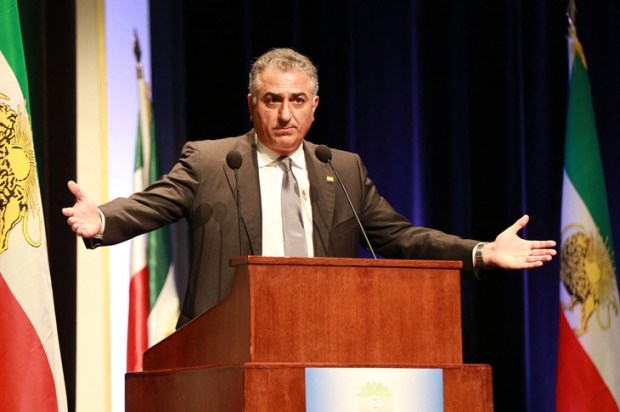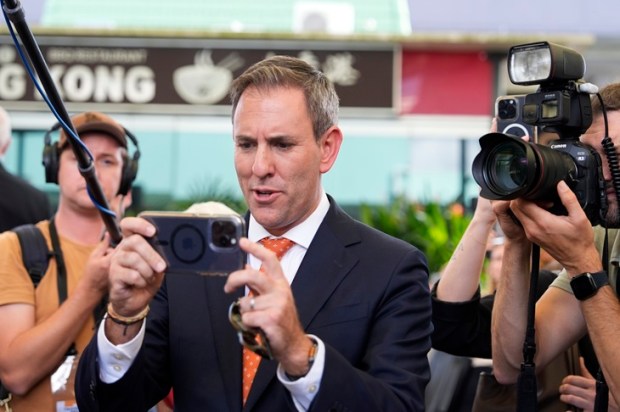For the past week I have been handing out referendum ‘No’ case information to the public as they present themselves to pre-polling booths to cast their votes prior to the actual referendum day on October 14. I am pleased to report that my interaction, and that of my fellow ‘No’ campaigners, with both the public and the ‘Yes’ campaigners (who outnumber us by at least three to one) has been cordial and respectful for the most part. Only once have I heard the word Nazi mentioned in relation to our campaign. And there were a couple of unsavoury incidents: an elderly gentleman upbraided a ‘Yes’ campaigner for perceived rudeness and a young man stomped on our campaign banners and A-frames and threw one in the bin. It could have been much worse and was generally expected to be by those on our side. One reason why we have been so outnumbered is a reluctance to man the booths for fear of hostility.
The ‘Yes’ campaigners seem to be predominantly drawn from the teaching profession and the unions. They span a wide age range and are roughly equally split along gender lines. Some have professed indignantly, although if they hadn’t told me I would never have guessed, that an ounce of Indigenous blood trumps a pound of European ancestry. One even admitted that she knows of cases where people have used that ounce to gain advantages for their children. The ‘No’ campaigners are predominantly older people and heavily male-orientated.
The ‘Yes’ campaigners have amplified their message about love and reconciliation. The vibe of the thing looms large in their discussions with those members of the public who are prepared to engage. They somewhat disingenuously portray the Voice as a purely advisory committee with absolutely ‘No’ power. I suppose the irony of setting up such a toothless body is either lost on them or, they hope, will be lost on the public. On the ‘No’ side we stick to the script, which is the ten reasons to vote No. The one that seems to chime most with the public is the fact that there has been so little information provided upon which they are expected to approve a major change to our country’s Constitution.
It has been fun on both sides to characterise the various behaviours employed by the public when they want to avoid contact with us:
The Rigid Stare – these people march purposefully past without looking right nor left. They maintain a steely-eyed stare straight ahead. Their implied message is, ‘Approach me at your peril!’
The Rugby Swerve – these folks see us approaching and accelerate, executing a perfect swerve that, if necessary, traces a wide arc around us.
The Blindside Run – this is a variation of the rugby swerve in which the member of the public takes a diversion to the blindside of us when we are engaged with someone else or just not looking.
The Done Deal – these people proclaim they have made their mind up, they know what they’re doing and, in some cases, have done their research. The implication is that there is ‘No’ point engaging them. It works very well.
I have heard a number of conspiracy theories voiced by members of the public. A common one is the belief that voters are given pencils by the AEC to write their answer to the referendum question so that their choice of ‘No’ and be erased and replaced with ‘Yes’. Another is that the ballot paper has a watermark that relates to another country, possibly China. The implication I suppose is that the referendum is somehow being run or influenced by a foreign power.
The AEC staff have been efficient and courteous. They might have been a little more strict in removing ‘Yes’ campaign banners and tee-shirts that deliberately used the standard AEC purple as a background. But I think we can feel satisfied that, so far, the referendum voting process has been well conducted.
What can we perceive from our interactions that might lend a clue as to the outcome? Well, there is no doubt that the ‘No’ vote increases with age. Women are generally as likely to vote ‘Yes’ as they are to vote ‘No’, with the ‘Yes’ tendency more pronounced the younger they are. Men tend more towards ‘No’. Professional-looking people lean towards ‘Yes’ while tradies and the probably unskilled are heavily ‘No’. If I was a betting man I would put a decent amount on ‘No’ winning. That’s despite one ‘Yes’ campaigner denouncing all the polls as rubbish and declaring that, in his observations so far, the ‘Yes’ vote is at least 75 per cent. It just goes to show how impressions can vary.
What are we all agreed on? One point of furious agreement is that a two-week pre-poll is too long. A week would be more than enough. The other is that, whatever the outcome, on Sunday October 15 we need to pull together as a country to address remote aboriginal disadvantage. I wonder if we’ll be having the same conversation in thirty years’ time…

























